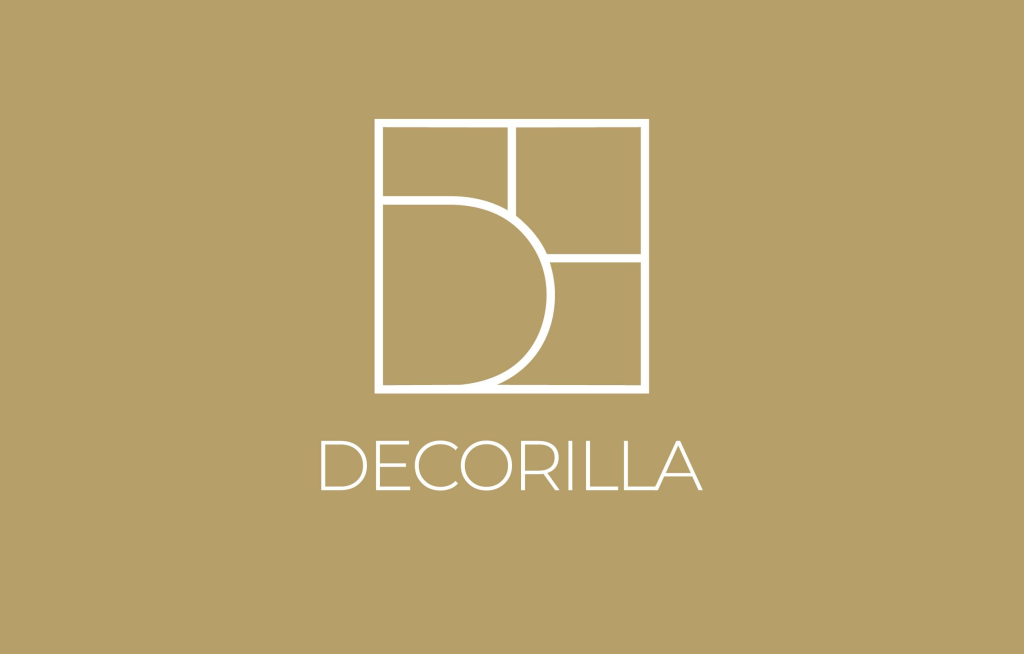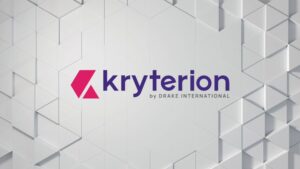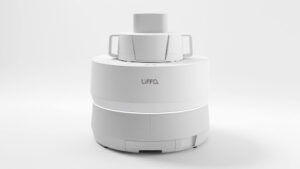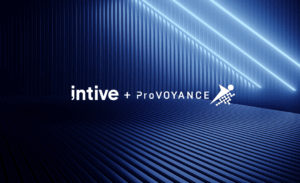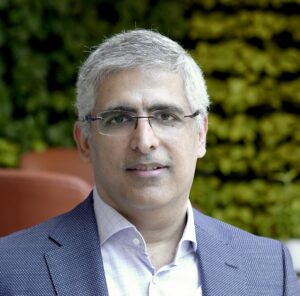Aquaponic farm
Aquaponic technology combines aquaculture (the Tilapia fish farm) and hydroponics (soil-free plant growth). The nitrates and ammonia from the fish fertilize the plants, while plant-filtered water houses the fish, forming a closed loop where waste equals food. LED technology provides the radiation necessary to trigger photosynthesis in the leafy greens, with the future goal of pinpointing specific frequencies catered to individual plant specie needs.
Anaerobic digestor
Meanwhile, the fish, food, and brewery waste feeds an anaerobic digestor, a bacterial incubator that breaks down these contents via anerobic respiration and outputs fertilizer and algae to feed the plants and fish, respectively. The digestor is central to the Plant’s success, converting the organic waste into reusable fertilizer/fish food.
Brewery
Commercial development for a brewery is also underway, with the spent grain providing additional waste/food for the anerobic digestor. The spent barley will also feed the fish and sustain the mushroom farm downstairs. A separate Kombucha tea brewery, Arize Kombucha, already a tenant, feeds the plants its CO2 output while the plants’ oxygen output ferments the tea.This forms another closed food/waste loop.
Turbine generator
A turbine generator to be built by Eisenmann fulfills the facility’s electrical needs, with the resultant CO2 feeding the plants. Powered by the anerobic digestor’s bio gas, this last piece of the energy puzzle will complete the zero net waste loop. Set to be fully operational by 2017, The Plant will generate 125 jobs for Chicago’s economically troubled Back of the Yards neighborhood while remaining off the grid, a definite push for the city’s sustainable future.


